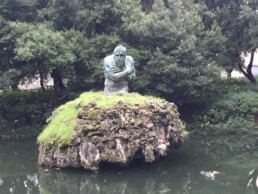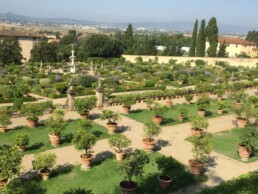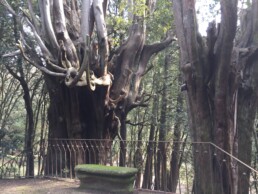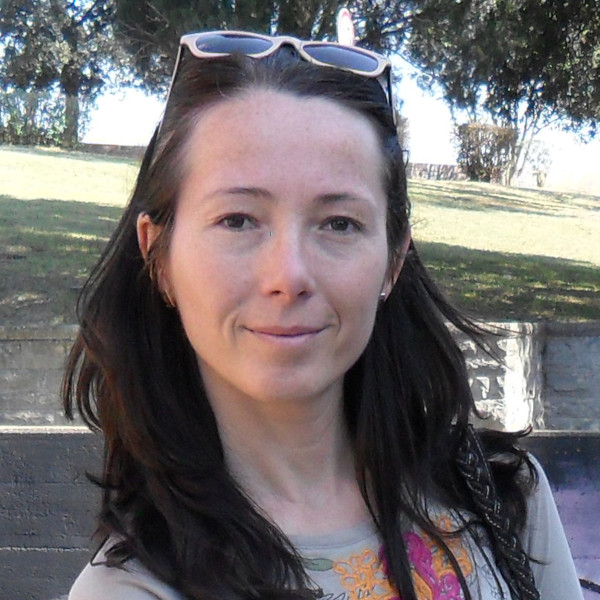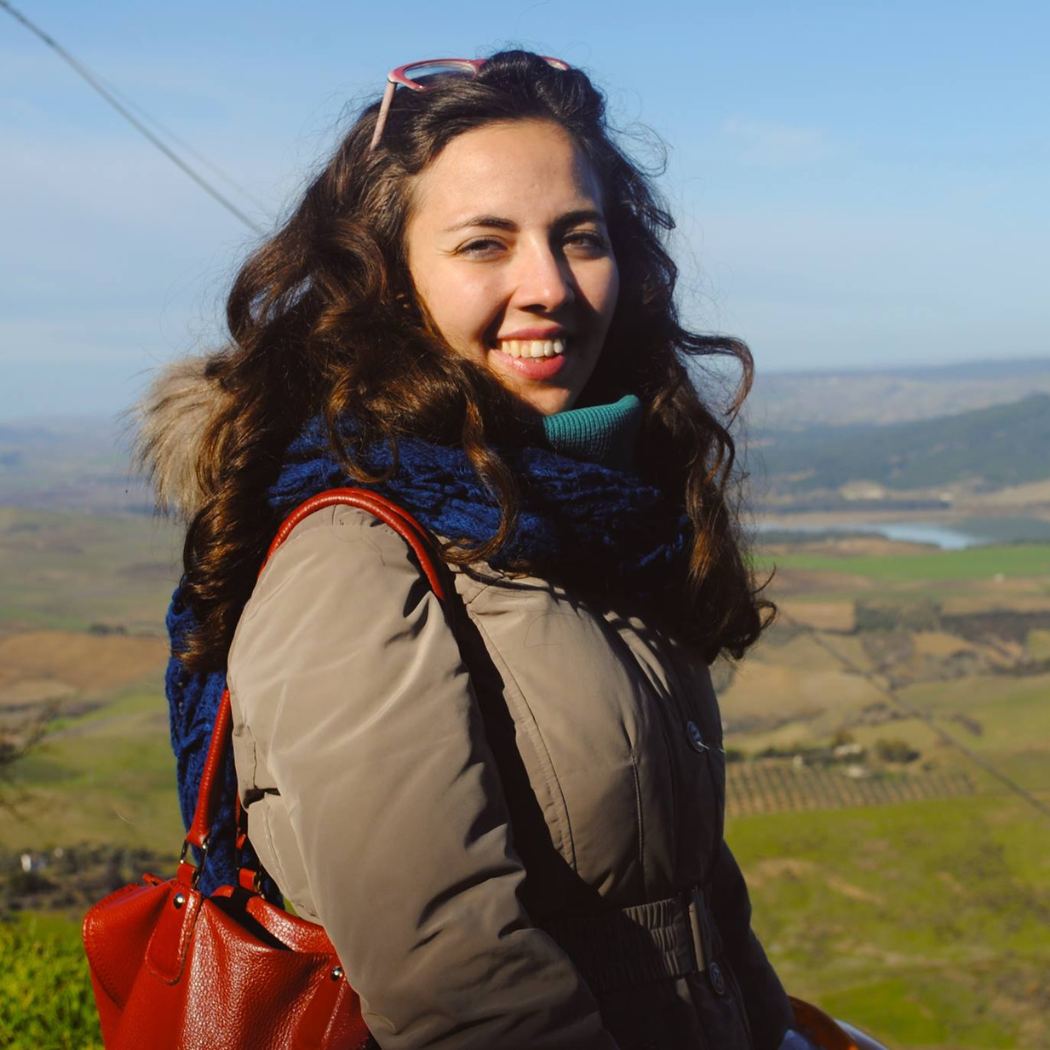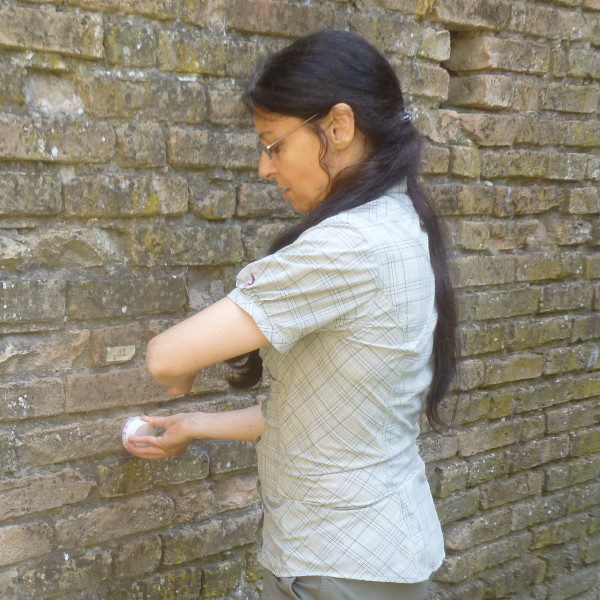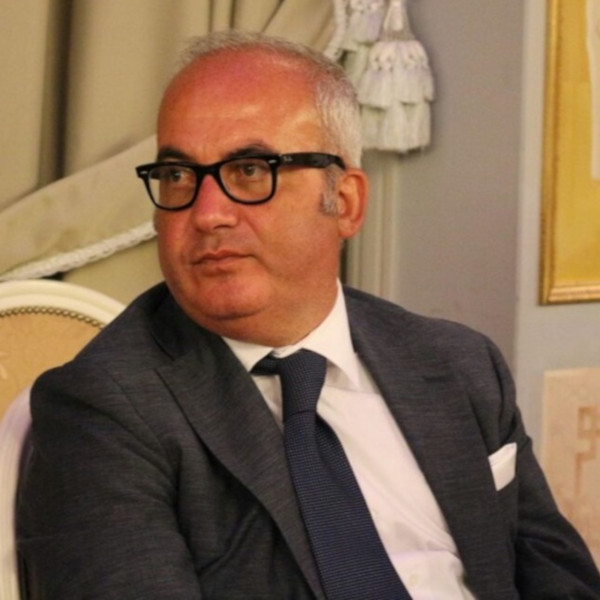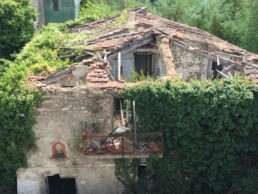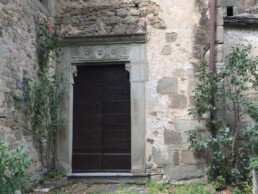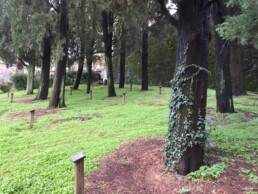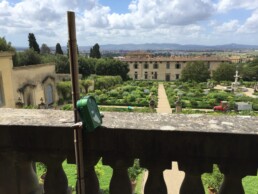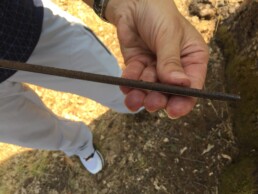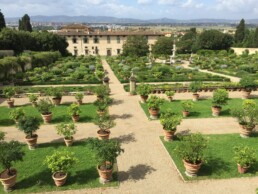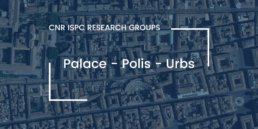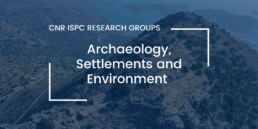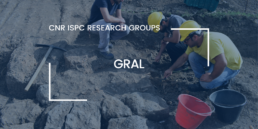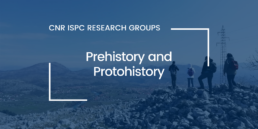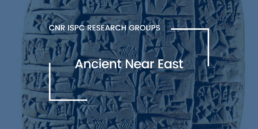Plant and heritage diversity, Built materials and artefacts, Protection and conservation
Cultural Landscape and Biodiversity
This group links together researchers from various Institute branches. Participants are interested in the study of landscape in a broad sense, and of biodiversity characterizing different landscapes, natural as well as cultural or urban and man-made. The group embodies multiple skills, thus promising that technical, scientific and humanistic disciplines are represented. Therefore, this group is suitable for carrying out interdisciplinary work.
The elements that contribute describing the landscape are numerous and include both the biotic component, which requires competences in life science, and the abiotic component that demands scientific expertise (geology, geomorphology, conservation sciences) as well as humanistic ones (archaeometry, architecture, archaeology, including aerial photogrammetric analysis).
Research lines
The activity develops in two main areas:
Looking at the landscape in its various forms, both descriptive and analytical
In this way we intend to examine the features of the historical landscape and its evolution over time, thus describing a process that leads to the current identity through the past legacy.
Analysing the urban landscape
We intend to examine the materials and techniques used in historic centres of cities and minor villages. This encompass the critical analysis of the conservation interventions carried out over time, and the interaction between stone surfaces and the environment.
The goal is pursue correct planning, use and protection of the environment, both the natural one (rural, extra-urban, and marginal) and the heavily exploited areas (urban and peri-urban). To achieve the objective of sustainable planning and use of the territory, an economic expertise is required, for providing estimates about the more appropriate management of the resources, both from an environmental point of view and for cultural and social purposes.
Projects and Research activities
- Study of the plant component (taxonomy, distribution, origin) and its biodiversity
- Dynamics of the plant component, resulting from its evolution over time and from the anthropic impact
- Study of the transformations that historic gardens underwent over time in their various components: biological (vegetation) and stone (artefacts, monuments, architecture).
- Evaluation of the risks for biodiversity represented by: environmental and/or climate change; introduction, voluntary or accidental, of alien pathogenic organisms; habitat loss, also caused by change in land use.
- Imago urbis: study of materials and architectural techniques utilised in the built environment; state of conservation; critical analysis of the interventions; interaction of surfaces with the environment.
For further information on ISPC research activities click the button.
Main collaborations
- Politecnico di Torino: Dipartimento di Architettura e Design
- Università degli Studi di Firenze: Dipartimento di Scienze della Terra – Dipartimento di Architettura – Dipartimento di Scienze e Tecnologie Agrarie, Alimentari, Ambientali e Forestali
- Università degli Studi di Genova: Dipartimento di Architettura e Design
- Università degli Studi di Napoli ‘Federico II’: Dipartimento di Biologia
Main publications
E . Carrari, C. Aglietti, A. Bellandi, C. Dibari, F. Ferrini, S. Fineschi, P. Galeotti, A. Giuntoli, R. Manganelli Del Fà, M. Moriondo, M. Mozzo, G. Padovan, C. Riminesi, F. Selvi, M. Bindi, The management of plants and their impact on monuments in historic gardens: Current threats and solutions. ‘Urban Forestry & Urban Greening’ 76, 127727, 2022.
S. Fineschi, F. Loreto, A survey of multiple interactions between plants and the urban environment. ‘Frontiers in Forests and Global Change’ 3:30, 2020.
F. Bagnoli, G. Della Rocca, I. Spanu, S . Fineschi, GG. Vendramin, The origin of the Afro-Mediterranean cypresses: Evidence from genetic analysis. ‘Perspectives in Plant Ecology, Evolution and Systematics’, 2020.
R. Rinaldi, D. Cafasso, S. Strumia, A. Cristaudo, F. Sebastiani, S. Fineschi, The influence of a relict distribution on genetic structure and variation in the Mediterranean tree, Platanus orientalis. ‘AoB PLANTS’ 11: plz002, 2019.
R. Vecchiattini, F. Fratini, S. Rescic, C. Riminesi, M. Mauri, S. Vicini, The marly limestone, a difficult material to restore: The case of the San Fruttuoso di Capodimonte Abbey (Genoa, Italy). ‘Journal of Cultural Heritage’, 34, 2018, pp 1-12.
S. Fineschi, S. Rescic, C. Riminesi, D. Debenedictis, MD. Robador, L. Burzagli, M. Reimao Costa, C. Degrigny, Toward sustainable regeneration of historic endangered towns: strategies for increasing resilience. In: L. Hadda, S. Mecca, G. Pancani, M. Carta, F. Fratini, S. Galassi, D. Pittaluga (eds.) Villages et quartiers à risque d’abandon. Stratégies pour la connaissance, la valorisation et la restauration. Tome 1, 2022, pp 61-70.
S. Fineschi, R. Manganelli del Fa, C. Rininesi, New perception of human landscape: the case of Memorial Gardens and Avenues. In: S. Caccia Gherardini, M. De Vita (Eds.) Memories on John Ruskin. Unto this last, Special Issue Journal of the Department of Architecture University of Florence, vol. 1, 2019, pp 64-69.
F. Fratini, M. Mattone, S. Rescic, Il restauro delle superfici di Palazzo Madama a Torino: metodo ed esiti. Atti del 34° Convegno di studi su Scienza e Beni Culturali: Intervenire sulle superfici dell’architettura tra bilanci e prospettive, Bressanone 3-6 luglio 2018, pp 109-119.
F. Fratini, S. Rescic, M. Mattone, L. Rovero, Earthen vernacular architecture in Cuneo’s territories (Piedmont, Italy). In: Miteto et al, Vernacular and Earthen Architecture: Conservation and Sustainability, Taylor & Francis Group, London, Copyright Year 2018, pp 107-112.
F. Fratini, D. Pittaluga, Sustainability of architectonic conservation yards in environmental protected areas: the case of the Zénobito Tower in Capraia island. ‘International Journal of Conservation Science’, 7, Special Issue 1, 2016, 203-21.2.
